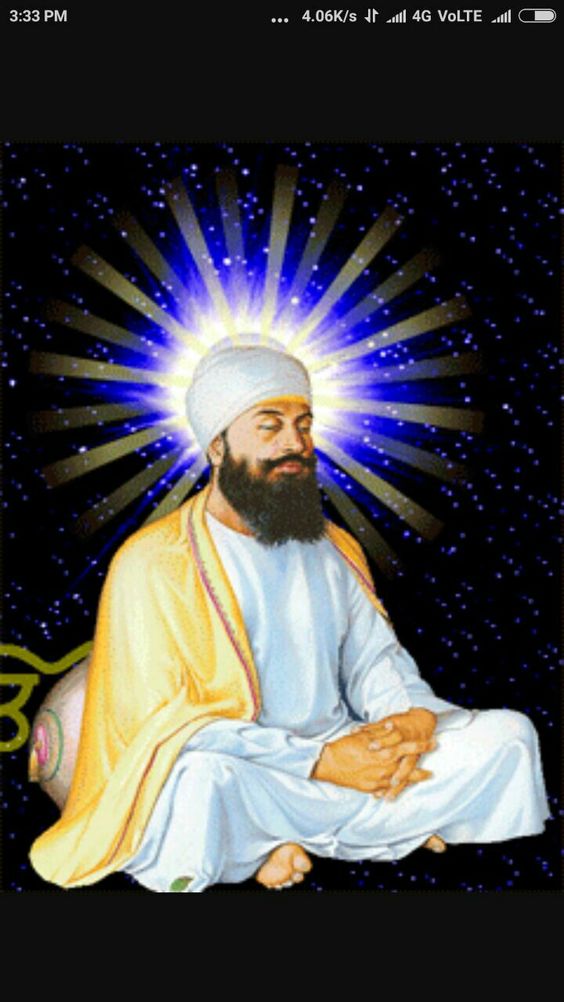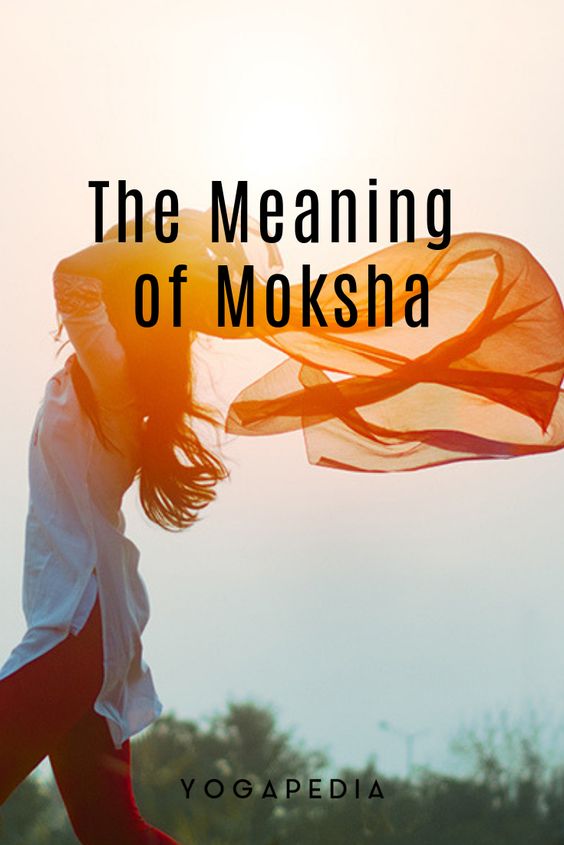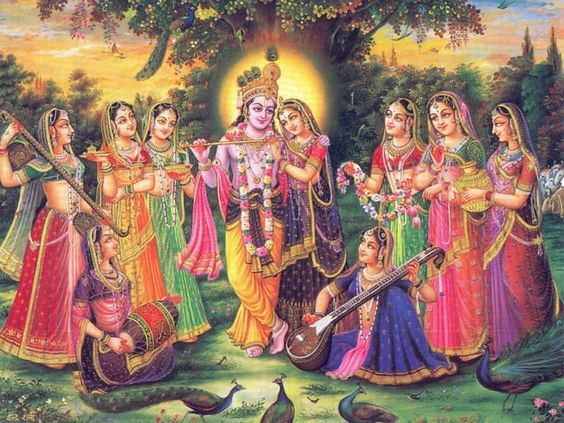Who Is The True Author Of Salvation? (Two)

Hinduism: attaining moksha or liberation from the cycle of birth and death.
(…continues from part one…)
2) Clear Pauline asseveration states in Romans 2:12 “For as many as have sinned without law shall also perish without law: and as many as have sinned in the law shall be judged by the law;” because the LORD God is not a respecter of persons. Jesus came to demystify the sin question when He uttered the Divine solution of John 3:3 “Jesus answered and said unto him, Verily, verily, I say unto thee, Except a man be born again, he cannot see the kingdom of God.” Can any man chart his own course of salvation? Spiritual justification is a soteriological gift. “For God so loved the world, that he gave his only begotten Son, that whosoever believeth in him should not perish, but have everlasting life” (John 3:16). Jesus, the True Light, that lights the lives of Adamic intelligence, makes the averment of John 15:5 “I am the vine, ye are the branches: He that abideth in me, and I in him, the same bringeth forth much fruit: for without me ye can do nothing.” No ordinary man could have uttered this statement. Only the Author of the soteriological phenomenality, God Himself, will say, “Without Me” (chōris emou) chōris (kho-rece’): ‘separately or apart from’ emou (em-oo’): ‘me’. He must of necessity be the Entity of Colossians 1:17 “And he is before all things, and by him all things consist” to say categorically, “Without Me”. Is salvation in any other save Jesus, the Lord of glory? Selah!

In Hinduism, salvation is the Atman’s liberation from Samsāra, the cycle of death and rebirth and attainment of the highest spiritual state. It is the ultimate goal of Hinduism, where even hell and heaven are temporary. This is called moksha (Sanskrit: म , “liberation”) or mukti (Sanskrit: म ,”release”). Moksha is a final release from one’s worldly conception of self, the loosening of the shackles of experiential duality and a re-establishment in one’s own fundamental nature, though the nature is seen as ineffable and beyond sensation. The actual state is seen differently depending on school of thought. (Azam Khodashenas Pelko)
According to the Hindu epic, the Bhagavad Gita, Lord Krishna emphasizes the importance of attaining moksha or liberation from the cycle of birth and death. He suggests that achieving moksha requires performing one’s duty without attachment to the results and with devotion to God. He also explains that there are several paths to liberation, including the path of knowledge, the path of action, and the path of devotion. Ultimately, Lord Krishna emphasizes that moksha can only be attained by surrendering to God and recognizing the one divine reality that exists within all beings.

Krishna in the midst of his consorts
For the remainder of the Bhagavad Gita, Krishna and Arjuna converse about the nature of reality and how to access salvation or unity with the divine (Brahman). In the conversation, Krishna explains to Arjuna that salvation can be accessed through knowledge and action. Yoga is the active component of this process. Within, there are three paths of yoga: Karma Yoga, Bkati Yoga, and Jnana Yoga. Karma Yoga is engaging in behaviors without a need for return in order to learn selflessness. The second path is Bhakti Yoga which is the process of chanting and performing rituals. This emotive form of yoga facilitates a loss in the sense of self. The last path Krishna explains to Arjuna is Jnana Yoga which is the intellectual component of the three paths. Jnana yoga is related to discernment and meditation.*What are the three ways of salvation in Hinduism? The three paths to salvation are through the Karma, Bhakti, and Jnana Yoga practices. The goal of these practices is to see through the illusion of death and find the Brahman (divine) present in each individual.*Krishna and Arjuna The Bhagavad Gita is one of several texts within the Hindu religion (the other major sources being the Vedas and Upanishads). However, the Bhagavad Gita relays metaphysical concepts through the relationship between Krishna and Arjuna. The Bhagavad Gita is considered the most comprehensive discussion of how to attain self-actualization within the Hindu texts. In the context of the Bhagavad Gita, Krishna is a person that takes the form of the god Vishnu.
There is not a smidgeon of doubt that a cursory look at the above Bhagavad Gita will make one to want to agree with, “Okay” or “Harmless enough”. What I do know is what the biblical sage wrote in Proverbs 16:25 “There is a way that seemeth right unto a man, but the end thereof are the ways of death.”

Atman, in Sanskrit, is the true self of an individual, the essence of an individual. Samsāra is outright misnomer viewed from Scriptural perspective; it teaches reincarnation of Adamic beings. The eighth incarnation of Vishnu resulted in the epiphanous twelve years old Krishna in Hinduism. Why he must manifest as a twelve-year-old definitely masquerades the Christological quiddity. Without the image of the Christ, no religion comes into operation. There is only one Incarnation: the Christological event on the terra firma. Hinduism believes that heaven and hell are temporary abodes. If it truly is, Abraham would have used it to console the rich man in the afterlife teaching of Jesus in Luke 16:19-31.
There are no known paths of physical exercises leading to salvation as Krishna discussed with Arjuna in the Bhagavad Gita. Salvation is not an attainability through religious ritualism of human exertion. It is purely of the finished work of the Divinity. Acts 4:10-12 10) “Be it known unto you all, and to all the people of Israel, that by the name of Jesus Christ of Nazareth, whom ye crucified, whom God raised from the dead, even by him doth this man stand here before you whole. 11) This is the stone which was set at nought of you builders, which is become the head of the corner. 12) Neither is there salvation in any other: for there is none other name under heaven given among men, whereby we must be saved.” There is only one way.

Spiritual acquittal and discharge takes place only when one is born again. To be born again, say, with all your heart, this simple prayer:
“Dear heavenly Father, I come to You now in the name of Jesus Christ. I believe in my heart that Jesus is the Son of God. I believe that Jesus died on the cross for my sin. I believe that You raised Him from the dead. I confess with my mouth that Jesus is Lord, and I receive Him now as my Lord and my Saviour. I give God all the glory. Amen!”
(…to be continued…)
Read part One here
Get part Three. Click
Visits: 179
